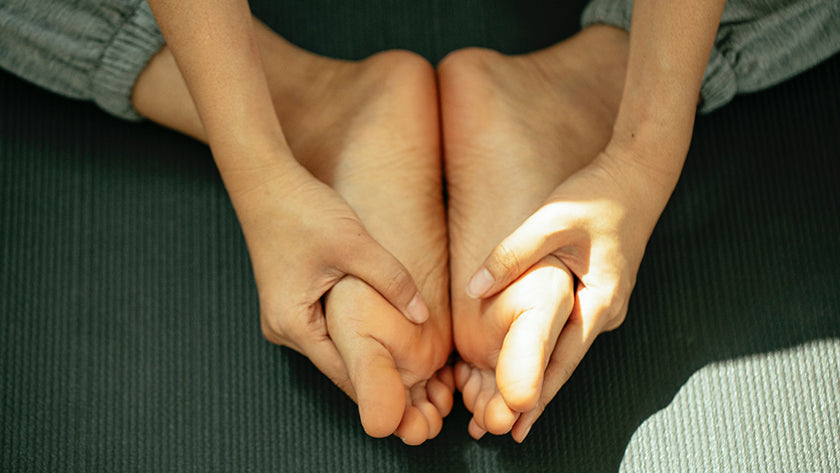
Kicking athlete's foot goodbye: A guide to knowing when it's gone
Athlete's foot, medically known as tinea pedis, is a common fungal infection that affects the skin of the feet. It can cause discomfort, itching, redness, and even pain. Dealing with athlete's foot can be frustrating, but the good news is that with proper treatment and care, you can overcome it. However, many people wonder, "How do I know when athlete's foot is finally gone?" In this blog post, we'll explore the signs of recovery and provide you with a comprehensive guide to help you determine when you're free from this pesky condition.
-
Understanding Athlete's Foot: To accurately assess if the infection has resolved, it's crucial to have a basic understanding of athlete's foot. Athlete's foot is caused by a group of fungi known as dermatophytes. These fungi thrive in warm and moist environments, such as sweaty shoes or locker rooms, and can easily spread from person to person. Common symptoms include redness, itching, scaling, and blisters on the feet.
-
Early Treatment: When you suspect athlete's foot, prompt treatment is vital. Follow the instructions provided with the Athlete's Foot Solution and continue using it for at least two weeks, even if symptoms subside earlier.
-
Consistency is Key: During the treatment phase, it is crucial to maintain consistency and adhere to the recommended regimen. Apply the antifungal medication as directed, ensuring you cover the affected areas thoroughly. Additionally, practice good foot hygiene by keeping your feet clean and dry. Wash them daily and change your socks frequently.
-
Relief of Symptoms: As you progress through treatment, you should notice a gradual reduction in symptoms. Itching, redness, and discomfort should subside over time. However, it's important to remember that the disappearance of symptoms doesn't necessarily indicate the complete eradication of the infection.
-
Duration of Treatment: The duration of treatment can vary depending on the severity of the infection. Mild cases of athlete's foot often require two to four weeks of consistent treatment, while more severe or recurring cases may take longer. It is essential to complete the entire treatment course, even if the symptoms have disappeared before that point.
-
Examination by a Healthcare Professional: If symptoms persist despite proper treatment, or if you have any concerns about the effectiveness of your self-treatment, it is advisable to consult a healthcare professional. They can examine your feet, perform tests if necessary, and provide guidance on the next steps.
-
Ensuring a Fungus-Free Environment: To prevent a recurrence of athlete's foot, it is important to create a fungus-free environment. Keep your feet dry and well-ventilated, especially between the toes. Avoid wearing tight-fitting shoes for prolonged periods, and choose socks made of moisture-wicking materials. Additionally, regularly disinfect your shoes and socks with the Shoe & Sock Spray, and disinfect shower floors to eliminate any lingering fungi.
-
Maintaining Good Foot Hygiene: Maintaining good foot hygiene is crucial in preventing future infections. Wash your feet daily with warm water and mild soap, ensuring you dry them thoroughly afterward. Trim your nails regularly, being cautious not to cut them too short or injure the surrounding skin.
-
Recurrence and Vigilance: Even after successfully treating athlete's foot, there is a possibility of recurrence. Fungal spores can survive in your shoes, socks, or on surfaces, increasing the risk of reinfection. Therefore, it is essential to remain vigilant and continue practicing good foot hygiene, especially in high-risk environments.
Conclusion: Recovering from athlete's foot is a journey that requires patience and commitment to proper treatment. By understanding the signs of improvement, having realistic expectations, and seeking professional advice when needed, you can confidently determine when athlete's foot is finally gone. Remember, taking preventative measures is essential to avoid a repeat performance. So, lace up your shoes, take care of your feet, and bid farewell to athlete's foot for good!
Disclaimer: This blog post is for informational purposes only and should not be considered medical advice. Always consult a healthcare professional for proper diagnosis and treatment.











